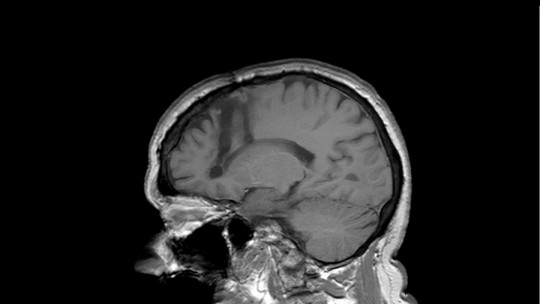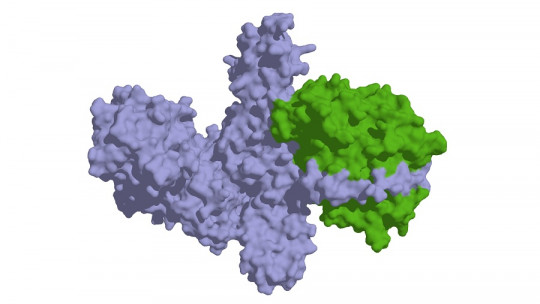
The word iatrogenic is widely heard within the field of health sciences, be it medicine, psychology, psychiatry or any other associated. Roughly speaking, it refers to any damage that is due to the therapeutic intervention.
Although this idea may seem quite clear at first, there is some debate about the extent to which iatrogenesis includes malpractice and other unethical behaviors in the healthcare field.
Below we will look at this idea in more depth, in addition to understanding its historical origins, some clear examples in professional practice and how it differs from other undesirable phenomena in the application of therapy.
What is iatrogenesis?
Iatrogenia or iatrogenia (from the Greek “iatros”, “doctor”; “geno”, “produce” and “-ia”, “quality”) is a negative alteration that occurs in the patient as a result of the therapy that has been applied That is, it is damage caused by the intervention of a health professional, be it a doctor, psychologist, psychiatrist, nurse, pharmacist, dentist or any other health science.
Although on many occasions the word “iatrogenic” is used to refer to any damage caused by professional action on the patient, the truth is that its more specific meaning refers to when this damage occurs even when the professional has applied the treatment of the disease. in an appropriate, ethical manner, without negligence, errors or omissions. The practitioner may know that the treatment involves risks, but he or she knows that those risks are, in principle, much smaller than the beneficial effects of the therapy.
Based on this stricter definition, we can understand that iatrogenesis is the unwanted or unintended damage to the patient’s health, caused or provoked as a side effect inevitable and unpredictable by a legitimate and endorsed health act, intended to cure or improve the patient’s state of health. The treatment has been carried out correctly, with due skill, prudence and diligence.
History of the idea
Since the beginning of medical practice, it has been known that doctors can cause harm to their patients without meaning to and by applying therapy appropriately. In the Code of Hammurabi (1750 BC), specifically in paragraphs 218 to 220, the knowledge that civil society used in ancient Mesopotamia to defend itself against negligence, errors and risks of doctors in their professional practice
Several centuries later, around 400 BC. C. Hippocrates recommended in his treatises the principle of “help or, at least, do no harm.” This same idea would later be transformed into the Latin aphorism “primum non nocere”, that is, above all do no harm”, attributed to Galen. This principle is one of the bases of medical ethics, which has spread to the rest of the health sciences, in addition to being legally punishable not to follow it in many countries.
As a historical example of iatrogenic damage, totally involuntary and, contextually, ethically not questionable, we have it at the beginning of the 19th century in many European hospitals. At that time there was not as much knowledge about pathogens as today, It is very common for there to be high mortality in maternity wards due to puerperal sepsis Germs were passed from room to room through the hands of surgical staff who did not wash their hands.
Fortunately, Ignaz Philipp Semmelweis, an Austrian surgeon and obstetrician, realized how important it was to wash your hands between surgical interventions. This is why, both before and after, they washed their hands with a disinfectant concentrate, applying the protocol to all surgical staff and reducing mortality in the maternity wards. It is thanks to his hand washing that many infections, both bacteriological and viral, have been avoided.
Currently the greatest iatrogenic damage, at least in the field of medicine, It is mainly the one that occurs due to the side effects of the drugs These effects, although rare, are known and it is known that a percentage of patients will manifest them. This is a lesser evil compared to the advantages of taking medication for the disease they suffer from. It is true that they suffer damage associated with the drug, but at the same time they receive the advantages of the therapeutic effects.
Examples of iatrogenic effects
Below we will see two cases of iatrogenic effects, that is, the therapist’s intervention implies some damage to the patient, but this harmful effect is greatly offset by the beneficial effects of the treatment.
Almost 1. Treatment in tuberculosis
Tuberculosis is an infectious disease that is treated with antibiotics, including streptomycin. This drug has a known harmful effect, which is related to its chemical structure: it is toxic to the ear
This is harmful to the patient but, since it is an effective drug against the tuberculosis bacillus, the use of streptomycin is necessary. Although there is a risk of hearing damage, its main therapeutic effect, that of not dying from tuberculosis, clearly counteracts this.
Case 2. Amputation in diabetes
Some patients with diabetes suffer from diabetic foot a condition due to the fact that the nerves in that limb are damaged by high levels of sugar, causing less sensitivity.
As a consequence of this, patients with diabetic foot are more likely to suffer wounds in the foot and, if they do not realize it, they become infected and end up gangrenous.
To prevent it from spreading to other parts of the body, it is decided to amputate the foot. This is detrimental to the patient, since he loses a limb, but the rest of his body is prevented from suffering infections and ending up dying.
What is not iatrogenic?
In its strictest sense, iatrogenicity would imply any damage caused as a result of the application of a therapy without acting inappropriately. So, it may be something that could neither be foreseen nor avoided or something that could have been avoided, but there has been no less harmful alternative
Based on this definition, there would be no iatrogenic effects per se when the doctor does not act responsibly or knowingly harms the patient. So that, technically there would be no iatrogenesis when there is malpractice, fraud, torture applied by doctors unethical medical experimentation, non-compliance or abandonment of treatment by the patient.
Likewise, other health professionals and jurists include, in the classification of these harmful phenomena in the context of therapy, the adjective “iatrogenic”, more in its generic sense as a synonym for harm related to therapy, regardless of how good or bad it is. has been done.
Bad practice
Malpractice is a legal concept that implies that a professional offense has been committed It implies not having worked in a fully professional, cautious, diligent and adequate manner in the field of health sciences.
If the professional does not work appropriately, deals with aspects that are beyond his or her capabilities and training, is aware that the situation is beyond his or her competencies, and still continues to work, he or she would be committing malpractice.
Dolo
Fraud occurs when the professional acts with the clear and conscious intention of causing harm to the patient, that is, denies the principle “primum non nocere”. This damage can range from minor injury to homicide
Likewise, these conscious and voluntary damages must be separated from the strict idea of iatrogenicity, given that there is no intention to cause harm, even if the risks are known.
Examples of malice would be a case of a doctor who is overdosing his patient to increase the chances of suffering adverse effects, or the case of a surgeon who does not take the necessary antiseptic measures with the intention of causing the patient to suffer an infection after the procedure. operation.
Non-compliance or abandonment of treatment
Damage that the patient may suffer they would not be iatrogenic per se if he himself has abandoned therapy or is not following therapy properly
Non-compliance or abandonment of therapy may be due to various reasons such as laziness, misunderstanding, fear of adverse effects or, simply, with the intention of getting worse in order to gain some type of advantage in the form of disability or paid disability.








